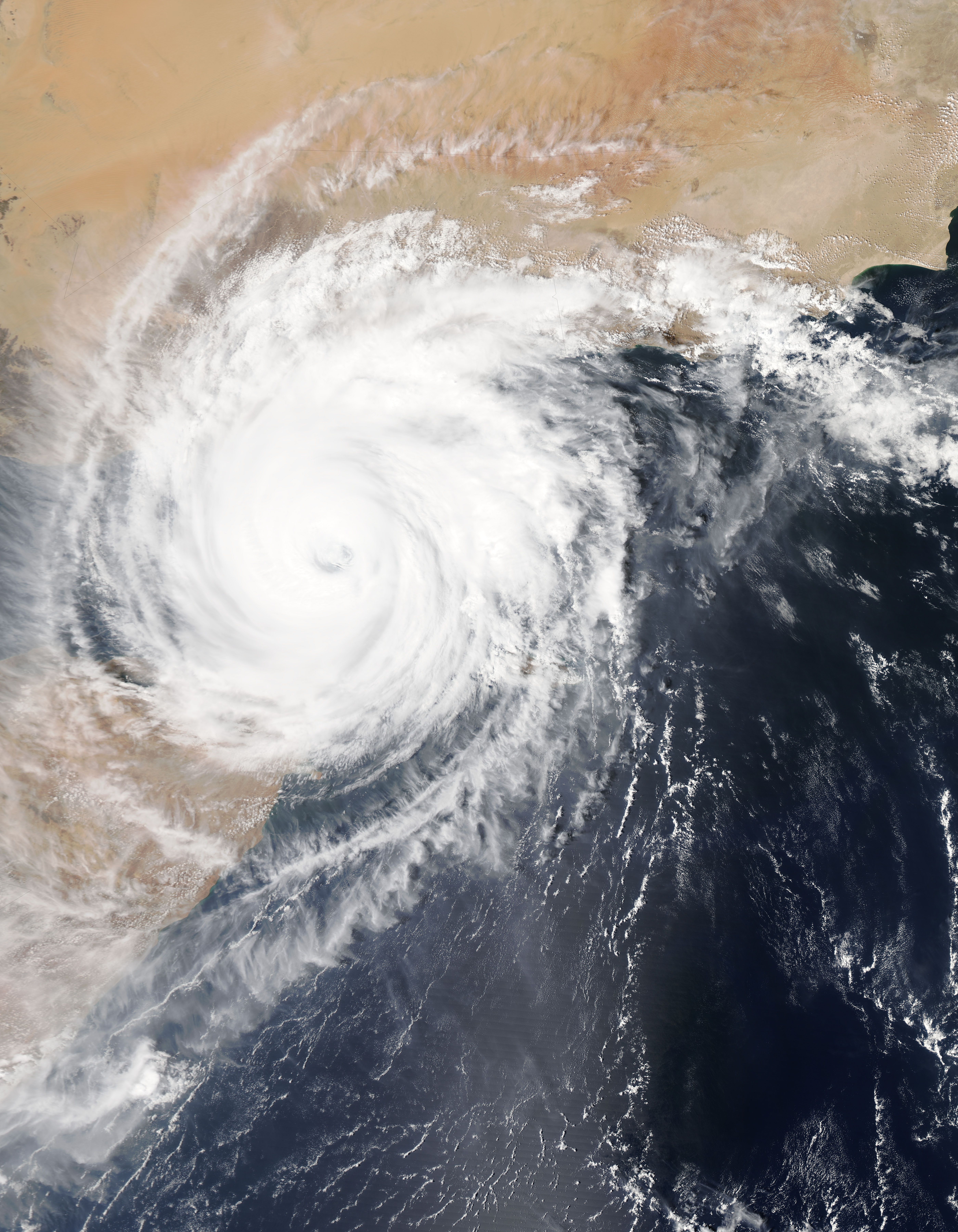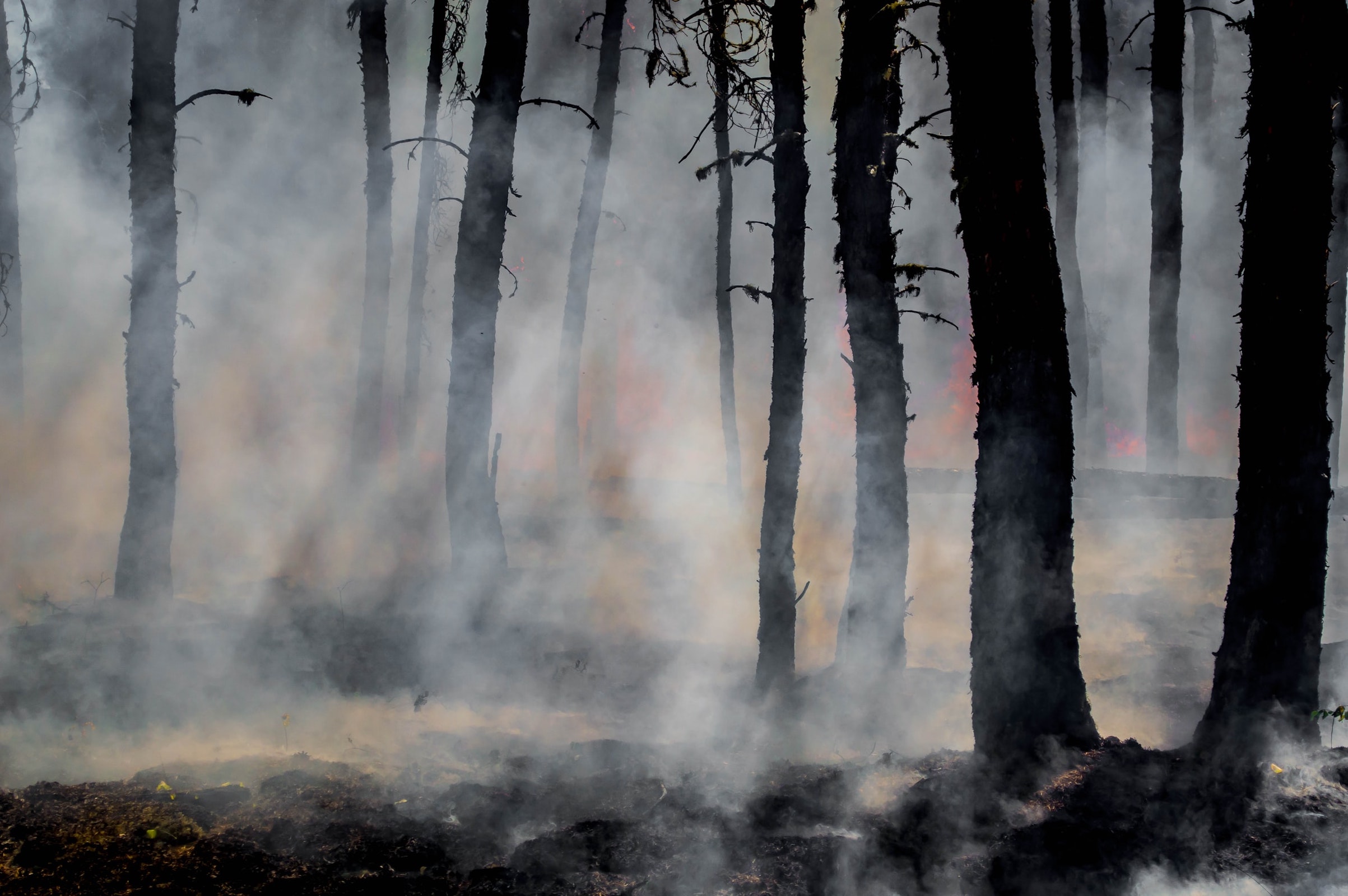Tackling the climate crisis and inspiring climate action are key concerns for climate communicators. Sometimes, alternative approaches prove more effective than the conventional doom and gloom narrative.
In the Foresight Dialogue “Art and science towards climate action”, Carolina Aragón, artist and professor at University of Massachusetts Amherst (UMass Amherst), and Vladimir Djurdjevic, Climatologist and Professor at University of Belgrade, shared their unique perspectives and experiences in exploring the connections between art and science through climate change. The webinar, moderated by Marjana Brkic, acting director at the Center for the Promotion of Science, created a space to explore how interdisciplinary approaches can generate fresh perspectives and solutions, ultimately amplifying public awareness of climate change challenges.
Carolina Aragón described the collaborative art project – designed with her students – that requires people to express their emotions through colors in response to the impacts of climate change. In doing so, they have helped create a safe space for the people residing in Boston’s most vulnerable flood-prone areas to share and discuss their emotions. The installation “RisingEMOTIONS” is just one of several projects at the intersections of art and science conceived by Aragón and her students.
As emphasized by Aragón, their sculptures and installations “are not some expressions of general concern” but they are based on the latest climate science models. Aragón added that “graphs and scientific information are not easily understood by everybody, so we are in the process of translating for ease of understanding and translating in a physical sense.” In this way complex scientific messages become a “real tangible piece of artwork.”
This is also what happened in “FutureSHORELINE”, the winning project of the CMCC Climate Change Communication Award in 2021, which allowed visitors to directly experience sea level rise projections for Boston’s changing shorefront.
Discussing the challenging task of conveying climate science to the general public, Vladimir Djurdjevic stated that “Greenhouse effect and feedback within the climate system are invisible and it’s really complicated to communicate such a huge pile of invisible things.”
As a climatologist and professor, Djurdjevic contributed to the creation of “The Climate Capsule”, an experimental installation depicting an apocalyptic scenario for the world in the year 2057, if society does not take action to stop climate change. He highlighted the crucial role of art in discovering a more accessible and comprehensible way to communicate, aiding people in grasping these intricate and sometimes abstract concepts.
“We need to open up a space in the brains of listeners and participants for the climate change topic,” Djurdjevic emphasized. The complex concepts and messages related to climate change require diverse communication methods and, as Djurdjevic claimed, it is necessary to identify additional channels of communication. Both speakers believe that art, in all its forms, can be one of these, because it resonates with people differently than science, and manages to tap into emotional aspects that, until now, science has not fully reached.
Watch the full webinar:
“Art and science towards climate action” is part of the webinar series Foresight Dialogues in which writers, artists, journalists, scientists, innovators and entrepreneurs discuss the role of communication, in its various forms, in accelerating the climate transition. The Foresight Dialogues series is organized in the context of the CMCC Climate Change Communication Award “Rebecca Ballestra” initiative.
Carolina Aragón is an associate professor of Landscape Architecture at the University of Massachusetts Amherst and the director of Art for Public Good Group. Carolina was named as one of the top 25 Creative Revolutionaries by the CODAworx organization in 2020. Her artwork has been displayed at the World Bank’s Art of Resilience Exhibition 2019 in Washington, DC, as well as showcased in multiple venues, including the U.S. National Park Service’s video: 100 Years of Arts in the Parks.
Vladimir Djurdjevic is a full professor at the Faculty of Physics at the University of Belgrade. He has also been a visiting scientist at NOAA (USA), INGV/CMCC (IT), IST (PT) and ICOD (MT). As an expert, he was a contributor to the National Communications on Climate Change within the UNFCCC for Serbia, BIH, Montenegro, North Macedonia and Brazil. His expertise is numerical climate modeling and climate data analysis. In addition to his academic career, he co-founded greenartincubator.org and is a regular public speaker on climate change, actively advocating for the global transformation to a zero-carbon society.
Marjana Brkic is Acting director of the Center for the Promotion of Science, Serbia. She earned her PhD in 2019, in the field of Neuroscience under joint supervision of University of Belgrade, Serbia and University of Ghent, Belgium. From 2012 she is actively involved in science communication. Marjana was a local coordinator and team member of several Horizon 2020 and Horizon Europe projects, covering topics from STEAM education to climate action. Particularly, he was local coordinator of the TeRRIFICA project, which was built on co-creation methodology, and currently she is local coordinator of Climateurope2 project.
More information:
Foresight article – Does climate communication trigger actions and societal changes?
Foresight interview – Walking through the future
FutureSHORELINE – Carolina Aragón






